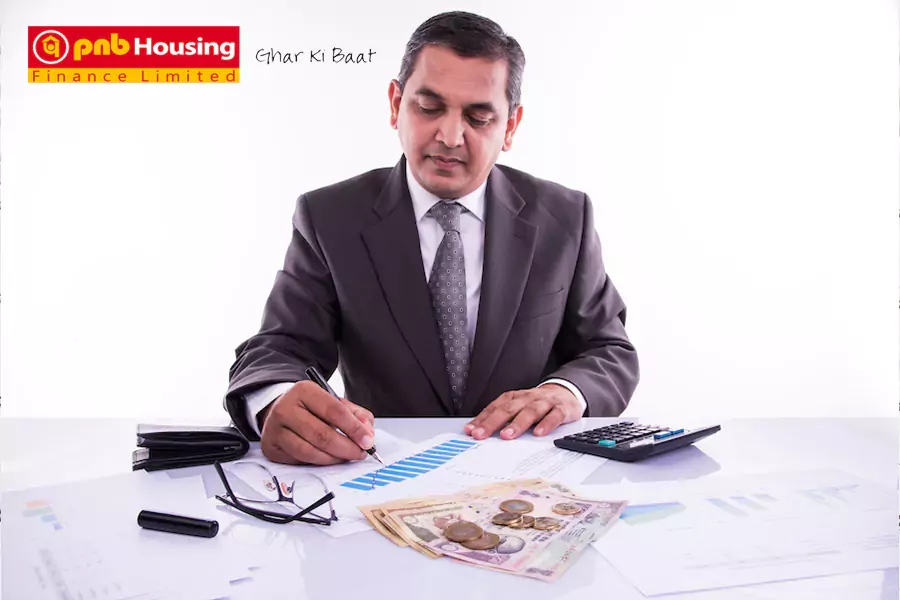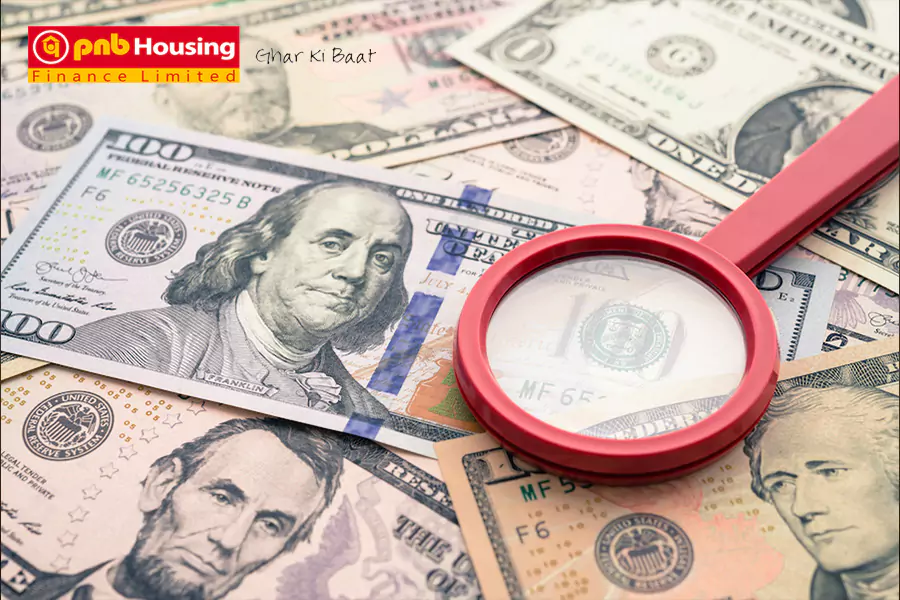In any type of home purchase, whether with your own money or through a home loan, you have to pay certain fees and taxes. For example, loan processing fees or the cost of a technical appraisal of the property by the lender.
Other examples of such fees and taxes related to home purchase also include franking or stamping. Are they both the same things? No, not at all. That is just a misconception.
As a home buyer, you should know the distinction between the two. This will allow you to manage your documents and payments correctly. In this blog, we will take you through the broad differences between franking and stamping.
Franking or Stamping – Are they the same?
The main difference between stamping and franking is that stamping is the payment of a duty that proves that your property documents are legal, whereas franking is a proof that indicates that any duty related to stamping has been paid by the home buyer.
What is Stamping?
Stamping refers to the act of paying the tax to the government to approve your property documents during a home purchase. These documents often include a sale deed, mortgage papers or a transfer of assets or properties. As part of stamping process, your have to pay stamp duty and registration charges to make your property purchase legal. As soon as you do that, you get a stamp on your sale agreement. Stamped property documents are legal.
- Nature of the fees
- Stamp duty is the tax paid to legalise your property documents. It is a confirmation that your property documents are legal.
- Fees amount
- Stamp duty and registration charges are calculated on the total cost of your property. Typically, stamp duty lies between 3-10% of the property value. It depends upon various factors like the state where the transaction occurs, the property status, age and gender of the home buyer, etc.
- For example, stamp duty charges in Mumbai are typically 5% of the total cost of the property. However, in Delhi, stamp duty is around 6% if the property is bought by a man. If a woman buys a property in Delhi, then stamp duty is around 4%.
- The registration fee for property is around 1% of the total property value. Additionally, Rs. 100 are also paid as pasting charges.
- Who authorises the charge?
- To pay the stamp duty, you have to visit the sub-registrar’s office as per the jurisdiction of your home. You can also pay it online on your state’s portal.
Stamping is performed in various ways. These include the paper-based method, e-stamping or franking.
- The paper-based method is the most traditional way of stamping. In this method, you can buy stamp paper from any official vendor and use it to print your sale agreement.
- E-stamping is a secure, electronic way of paying non-judicial stamp duty. You can do e-stamping online from the comfort of your home. It is approved by the Stock Holding Corporation of India Limited. The process is completely online and only takes a few minutes compared to the slow traditional paper-based method.
- The third process of getting stamping done is through franking, which we will learn in detail next.
Must Read: How to Improve your Home Loan Eligibility?
What is Franking?
Franking refers to the process of stamping the legal property papers. Franking is done by authorised banks who either stamp your documents or can attach a denomination to them. Franking is often carried out using a franking machine. Such a machine-made stamp is proof that you have paid your stamp duty.
Once the bank has marked your documents indicating that stamp duty has been paid, you need to sign them. An alternative way to franking is buying printed stamp papers that have already been franked.
- Nature of the fees
- Franking charge is the fees paid to complete the stamping of your property documents. It is a confirmation that your stamp duty has been paid.
- Fees amount
- The franking fees is around 0.1% of the property value or 0.1-0.2% of the home loan value. It also varies from state to state. In many instances, it can also be done for free. Alternatively, you also have the option of including the franking charge in the stamp duty itself.
- Who authorises the charge?
- Only authorised banks or government-authorised agents can carry out official franking.
- Franking is done only for a limited number of hours at a bank on any given working day, so plan your visit accordingly.
Conclusion
At the end of the day, as a property buyer, you have the option of choosing between franking or stamping. Here are additional pointers:
- If you are applying for a home loan, always check the stamp duty on home loan, franking charges, house registration charges, etc. depending upon your state and lender. This will allow you to save the necessary funds beforehand.
- If you are opting for franking, pre-arrange all the formalities to be taken place by a certain time to avoid hassles.
Connect with PNB Housing’s experts today to learn more.





















